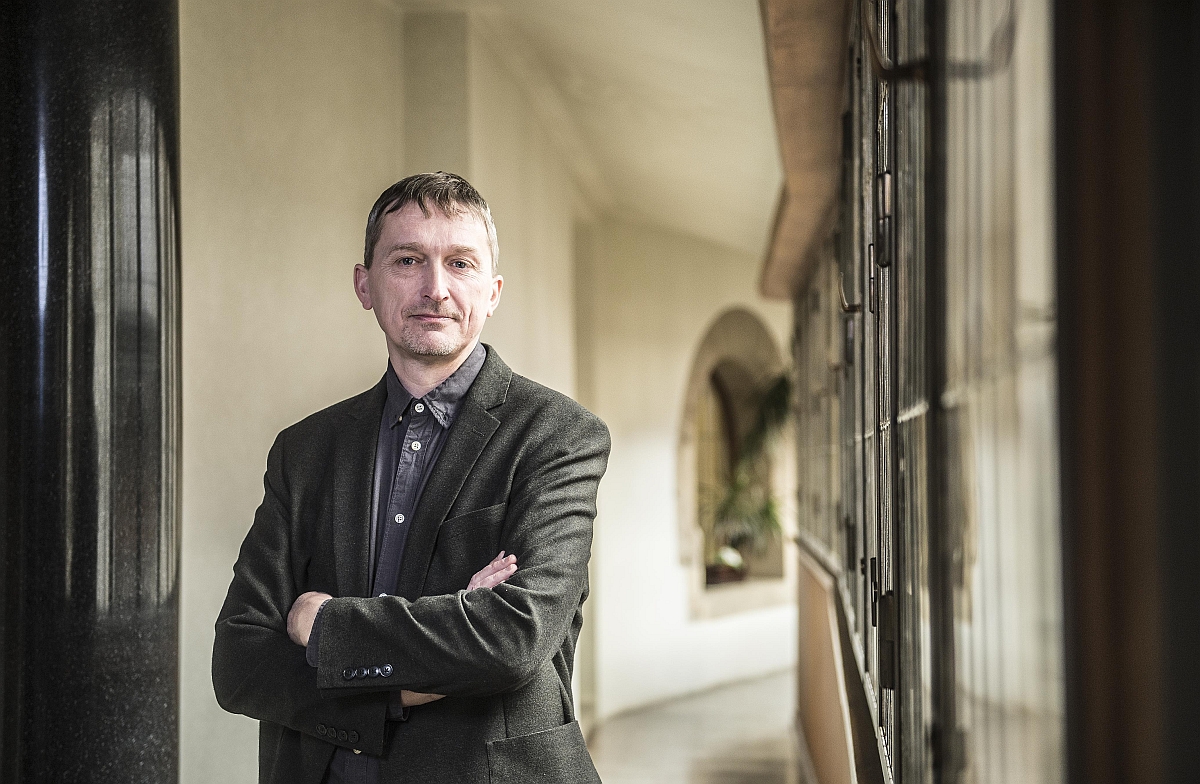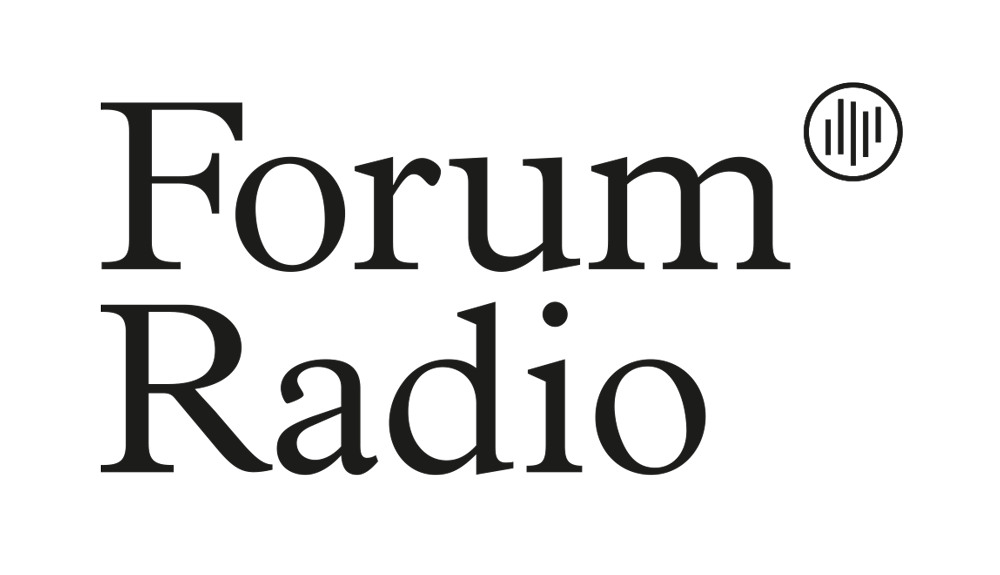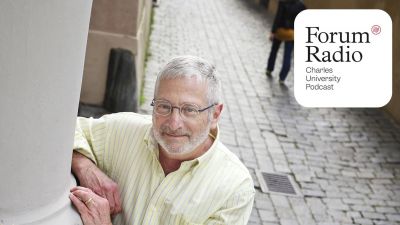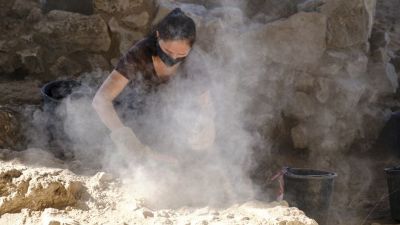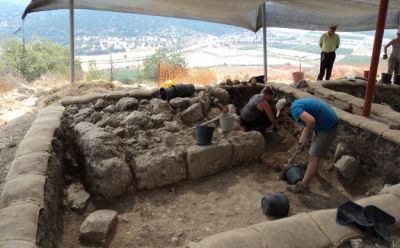Filip Čapek is a professor at the Dept. of the Old Testament at Charles University’s Protestant Theological Faculty. His focus is archaeology and the history of the southern Levant. Since 2019, he and colleagues have been contributing to the dig at Tel Moza excavation site near Jerusalem, working closely with the University of Tel Aviv’s Institute of Archaeology and other partners such at the University of Heidelberg (a fellow 4EU+ Alliance member)
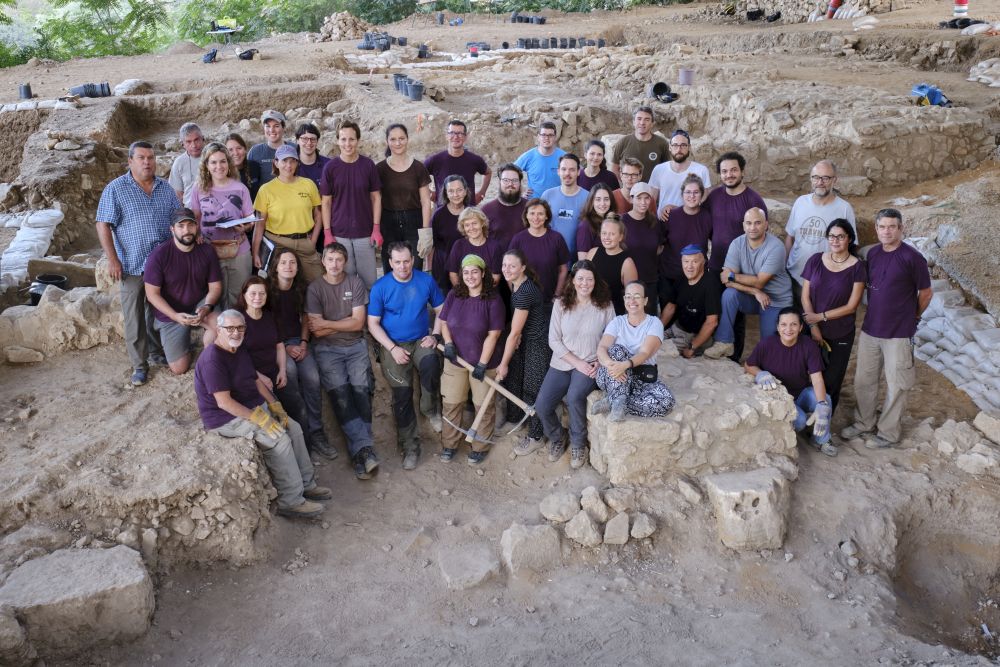
The expedition team at Tel Moza in 2021. Professor Čapek is the fourth from left, in the front row.
Tel Moza is the site of an iron age temple that was uncovered which contemporary with the legendary Solomon’s Temple - the latter of course never having been been found. Similarities of the Tel Moza temple to Biblical descriptions of the First Temple understandably caused a stir and attracted a great amount of attention. Filip Čapek explains that while similarities exist, there are also significant differences. For example, Tel Moza served a largely community and was certainly not in the centre of the city. In our interview, Čapek discusses not only the site but also the Old Testament, the roles of pastor and researcher, and what it is like for students at the Protestant Theological Faculty.
Excerpts from our interview:
“Students who study at the Protestant Theological Faculty may be religious or from Christian backgrounds but of course they don’t have to be religious or belong to any denomination at all. Some of them are atheists, many are Catholics, they are students who are interested in history, ancient languages, theology, or are interested in the Protestant tradition and social work. Many are attracted to scientific study and we are open and interested in interdisciplinary knowledge that is not religious-based. I think they are attracted to being able to get both a religious and secular background.”
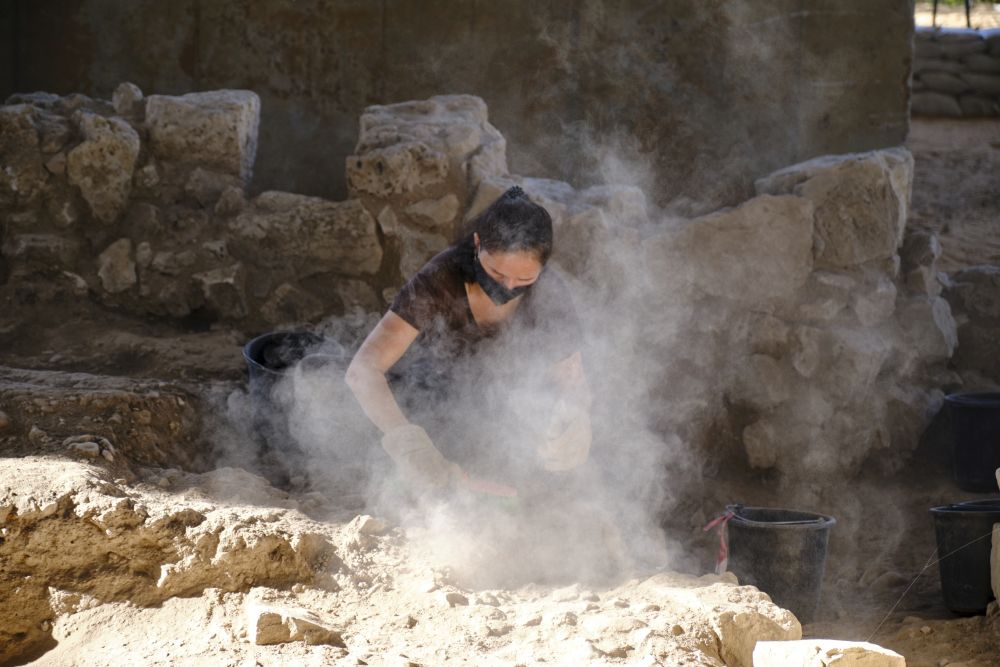 “The year 2019 saw us expand our cooperation with Tel Aviv University and fellow partner the University of Heidelberg (which is also our partner in the 4EU+ Alliance) at the Tel Moza site. Before that, we were at Tel Azeka but now we have two campaigns a year. Students learning about history and Israel and the Old Testament can apply. They are interviewed because not all can come, there aren’t enough places for everyone, but it’s a chance to deepen their knowledge of fieldwork and to see up close that history is very complex. I am very glad that some fell in love with Israel and with archaeology; some of them are now PhD students who have joined us again and again.”
“The year 2019 saw us expand our cooperation with Tel Aviv University and fellow partner the University of Heidelberg (which is also our partner in the 4EU+ Alliance) at the Tel Moza site. Before that, we were at Tel Azeka but now we have two campaigns a year. Students learning about history and Israel and the Old Testament can apply. They are interviewed because not all can come, there aren’t enough places for everyone, but it’s a chance to deepen their knowledge of fieldwork and to see up close that history is very complex. I am very glad that some fell in love with Israel and with archaeology; some of them are now PhD students who have joined us again and again.”
“There are no definitive answers as to who was worshipped at Tel Moza at first: some consider that the temple was not dedicated to Yahweh but to Baal. The feet of a statue that may, according to experts from Hebrew University, have belonged to the deity Baal. The problem is that the statue was found to be part of wall at the site and not in the front, so it may be that Baal had already been desacralized and may have lost his power when Yahweh came as the main god. There was a change. In the same temple, maybe one deity was worshipped and then another. We can refer to Biblical texts but we have to be careful because these texts were written centuries later and don’t have much to say about 9th or 10th century BCE.”
“One thing that I am writing and publishing about and that we debate with colleagues is that the ancient city of Jerusalem in 10 or 9 BCE was much smaller and lay much lower and that the legendary Solomon’s Temple never stood on the Temple Mount. Some argue it could have even stood outside the city walls but that does not seem logical: it would be [vulnerable to enemy attacks]. If you want to get someone on their knees, you destroy their temple, you burn it. In my view, that is the discussion: to think about alternative locations... although it hasn’t been - and may never be - found.”
“There are a lot of differences between Solomon’s Temple, as described in the Book of Kings: for one, it was supposed to be far more luxurious than anything found at Tel Moza, which was much more rural [in character]. Tel Moza is also seven kilometres away from Jerusalem. There are many similarities in the layout and the site but when asked about it I say this is not about the First Temple. Tel Moza is very attractive as a site [we don’t have many such sites uncovered from that time period of 9th or 10 century BCE]. One important aspect is that it was never damaged or destroyed [during centralisation and religious reforms] but buried [over time].”
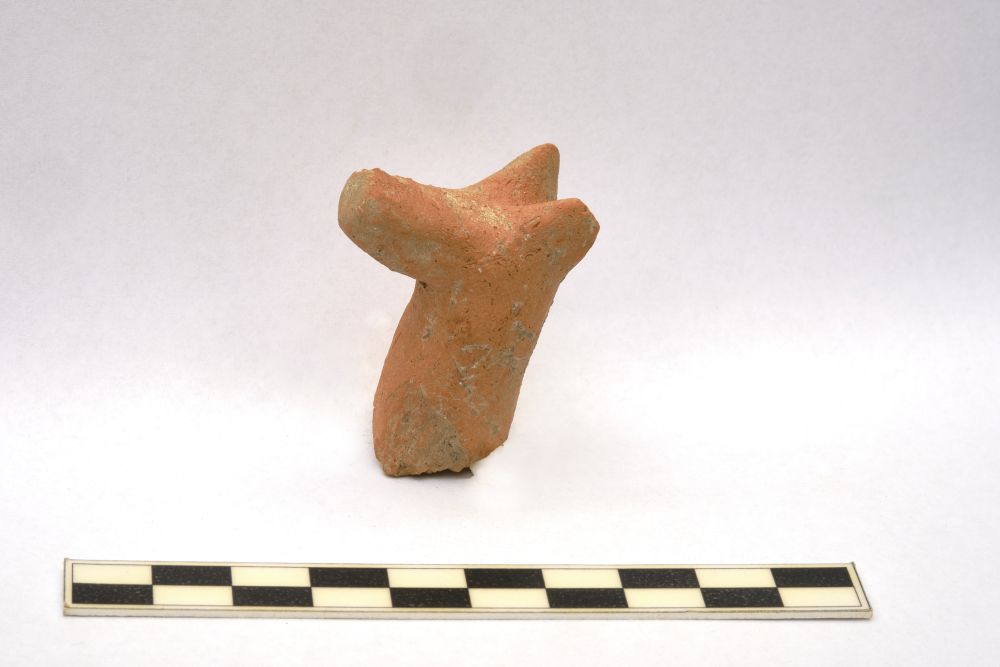
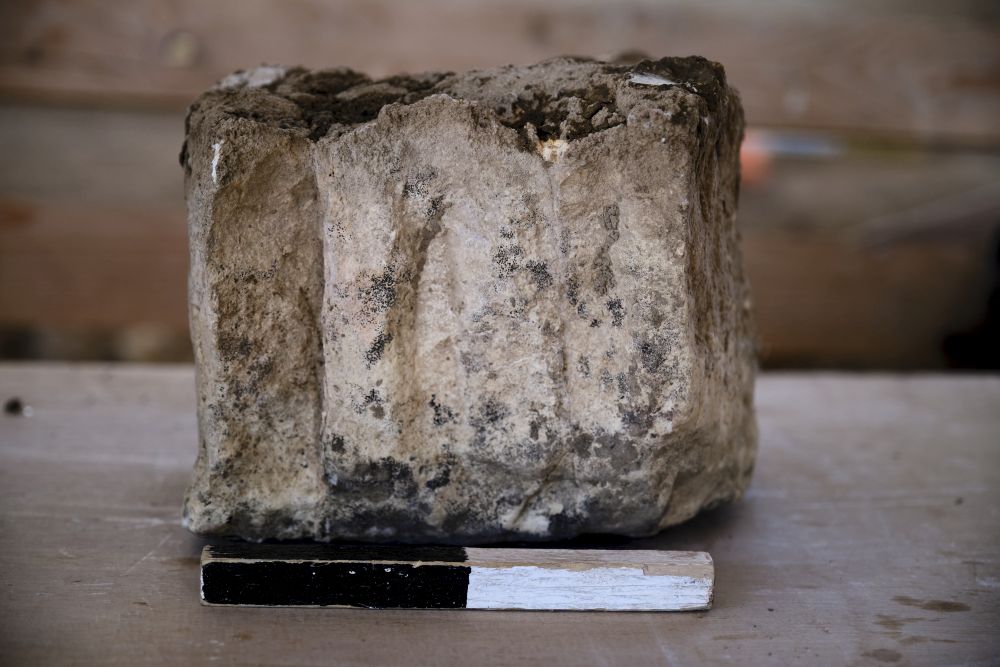
A fragment of a horse figurine found at Tel Moca. Part of a surviving statue that may have depicted the deity Baal.
| Forum Radio - Interview / Episode 5 / Filip Čapek - The temple at Tel Moza / Runtime: 30 minutes, 0 seconds. |
|
Professor Filip Čapek teaches at the Protestant Theological Faculty of Charles University. He is an expert on the Old Testament, archaeology and the history of the southern Levant. He and colleagues at the faculty have worked closely with Tel Aviv University's Institute of Archaeology on two excavation campaigns, most recently at Tel Moza, where Israeli archaeologists had earlier uncovered an Iron Age temple resembling Biblical descriptions of the legendary (and undiscovered) Solomon's Temple. Key differences quickly ruled out they could be one and the same. The Czech team, which includes students from the faculty, continues to contribute and work together on finds which have been carefully catalogued and preserved. The team is helping on site even this September. Professor Čapek also has an upcoming and much anticipated book on the subject of temples in Jerusalem during the Iron Age. |


